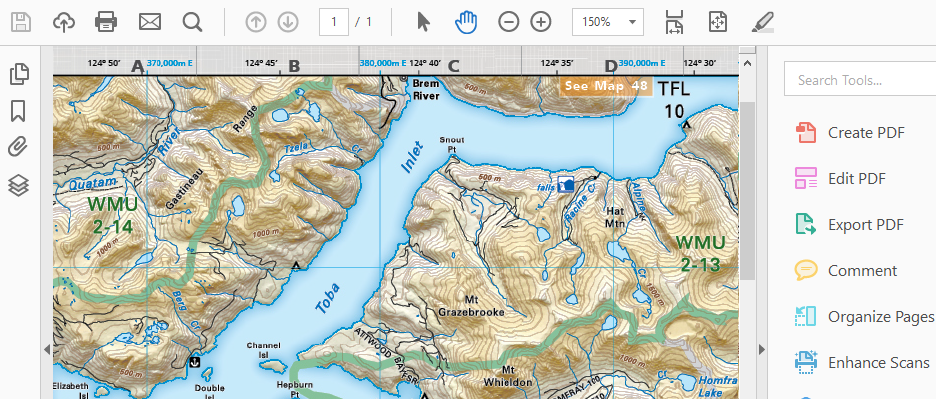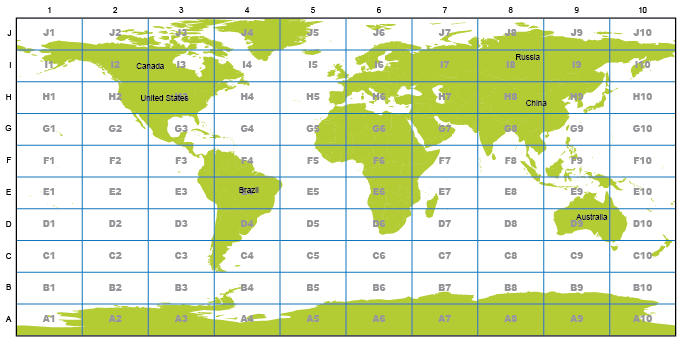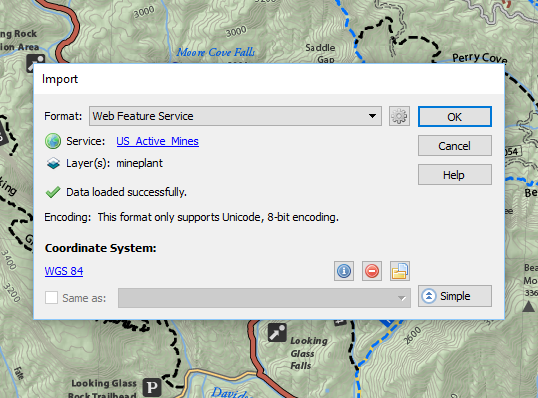
After all, a map is judged by its overall appearance in terms of design, visual balance and graphic communication characteristics. Moreover, and according to good cartographic practices, in addition to the area portrayed, a map usually contains the following map elements : Title and subtitle, legend, scale, frame (border) and neat line, orientation/graticule, data sources, credits and insets.

Initially, any map as an abstract representation of reality has a number of characteristics, such as spatial data to be portrayed, projection and datum, scale, generalization, annotation and symbolization that contribute to the result. Designing a map is a complicated process. The main role of the map is to communicate spatial information to the user, such as location, size, shape, pattern, distribution and relationships among spatial objects. According to web traffic data (as of November 2018), online map services that satisfy the above criteria and are reviewed in this paper are: Google maps, OpenStreetMap, Here maps and Wikimapia ( Table 1).ĭespite recent advances in visualization, the map is still the most elegant and compact medium for displaying spatial data. A 40% threshold of visitors from a single country is set. In order to ensure, that the online map services under review have worldwide popularity, those with a high ranking, global coverage and users from around the world are selected. Probably this is due to the fact that this country hosts the service. Taking a closer look into traffic analysis for each one of them, it is evident that certain online map services, e.g., although they have a high ranking, they attract users from a specific country, e.g., China.

Based on web traffic data provided by Similarweb ( under the category “reference maps”, one can be informed about the most popular online map services. Online map services can have worldwide coverage, such as Google Maps, Here, Bing maps, MapQuest, OpenStreetMap, ViaMichelin, WikiMapia, Bhuvan, Yahoo! Maps, etc., or a partial coverage, such as Baidu Maps (China), (Russia), (Czech Republic), etc. Online map services publish maps with vector or raster data in conjunction with satellite images and provide a number of tools and utilities that support interactivity, such as change of scale (zoom level), area of interest selection (pan), information retrieval, navigation tools, etc. They are also embedded in other websites to provide spatial information.

Online map services are nowadays the most popular source of geographic information for the average web user. In order to answer these questions, the most popular online map services are selected, with respect to their popularity among users from around the world. The massive use of these maps raises a number of questions: “Are cartographic principles and traditional practices applied to online map services?”, “If not, do online map services create a new cartographic culture that will influence the way users read a map or what they expect from a map and as a result what will be the future of cartography?”, “Are the most popular online map services, in harmony with the maps based on cartographic principles?”. The ubiquity of online map services is related to the globalization of cartography: Never before in history have the same maps been utilized by people all around the world on a daily basis and for many different uses. The way each provider collects, processes and presents geographic data to users, creates a competition between them and results in their continuous improvement. Online map services, which present to millions of web users a realistic view of the world, have immense influence. Moreover, suggestions for the improvement of online map services are made regarding cartographic projection, legend, content, symbolization, color, etc. It can be stated that online map services generally adopt well-known cartographic practices, which are not always applied as expected. Color schemes utilized in web maps are discussed in more detail, since based on studies concerning the selection of the preferable map by experts and laymen, color is undisputedly the most frequently mentioned factor. Online map services are commented based on cartographic principles, conventions and traditional practices addressing topics, such as: Cartographic projection, orientation, scale, marginalia, content (thematic layers), symbology, generalization, annotation, color use and overall map design. The most popular online map services are selected based on worldwide website traffic data, provided by specialized sites, such as Similarweb, in terms of global coverage and popularity among users.

In this paper, online map services are reviewed from a cartographic point of view.


 0 kommentar(er)
0 kommentar(er)
